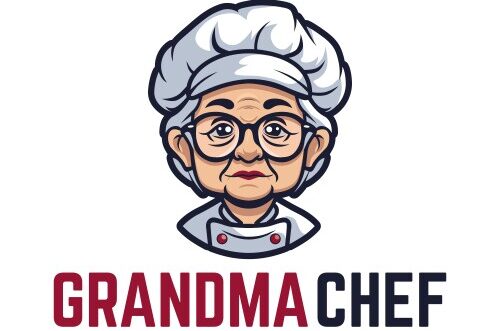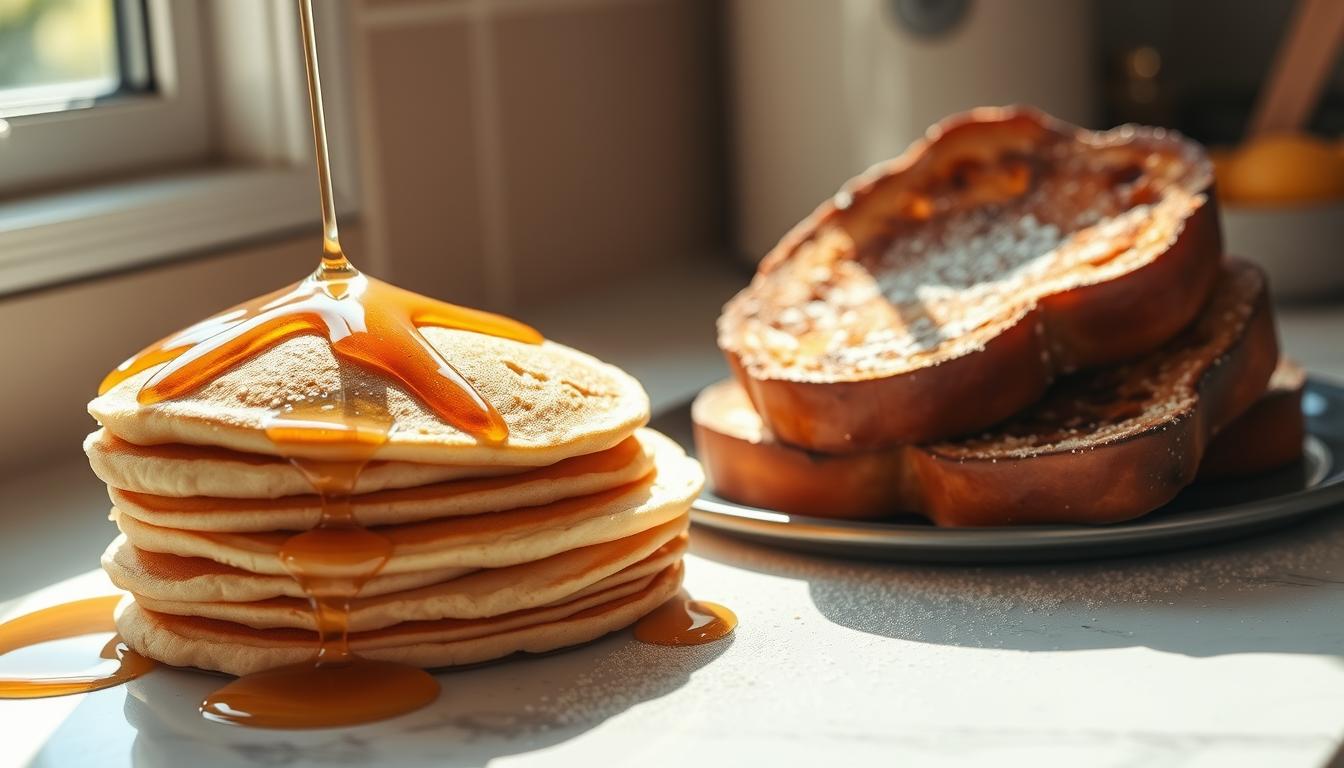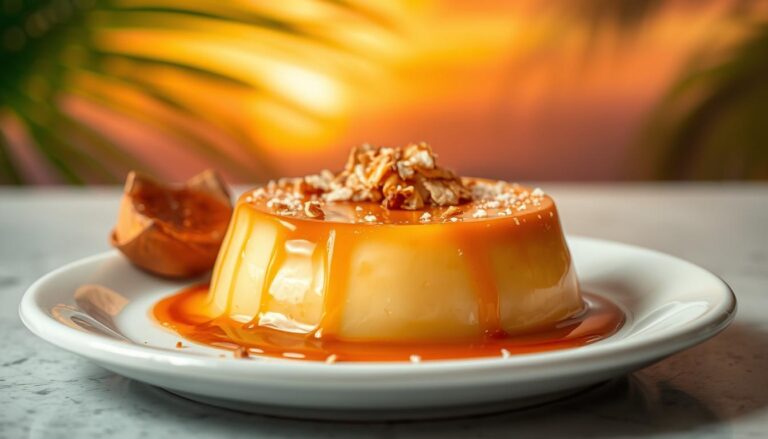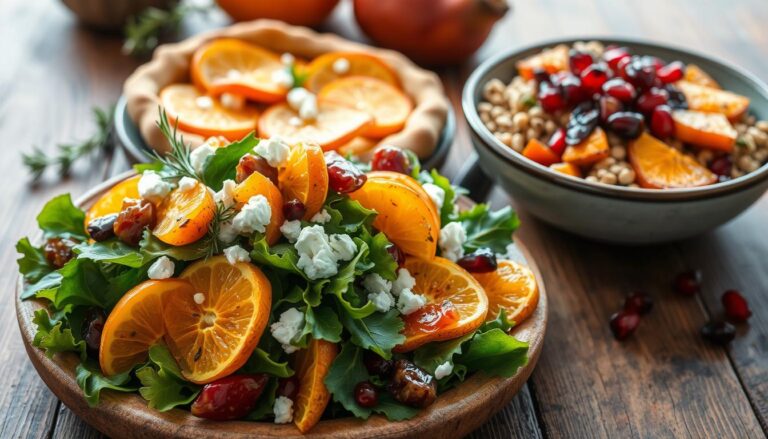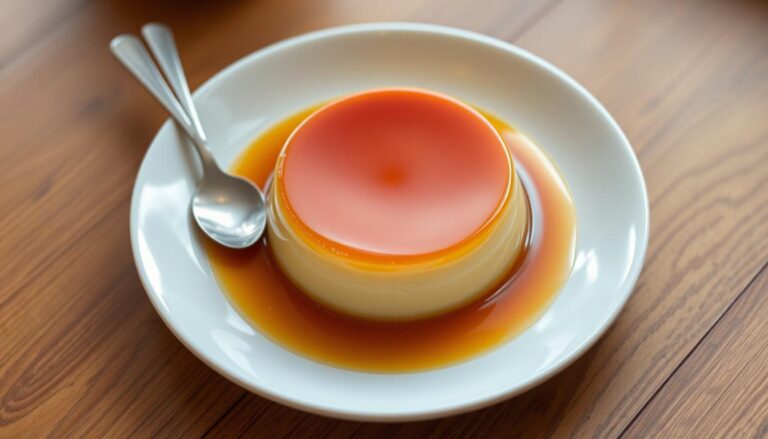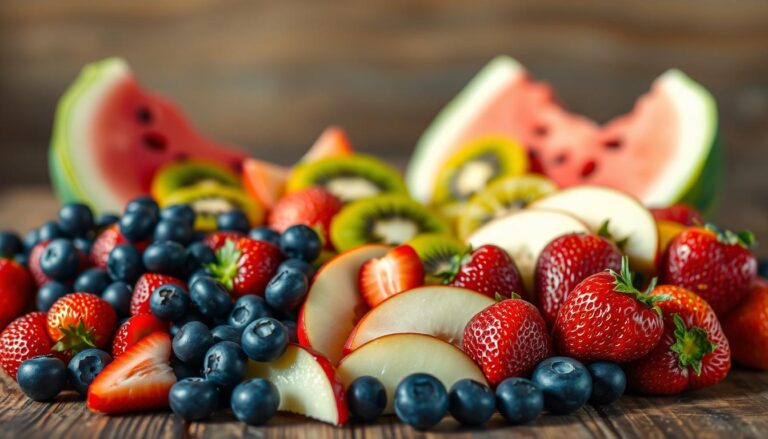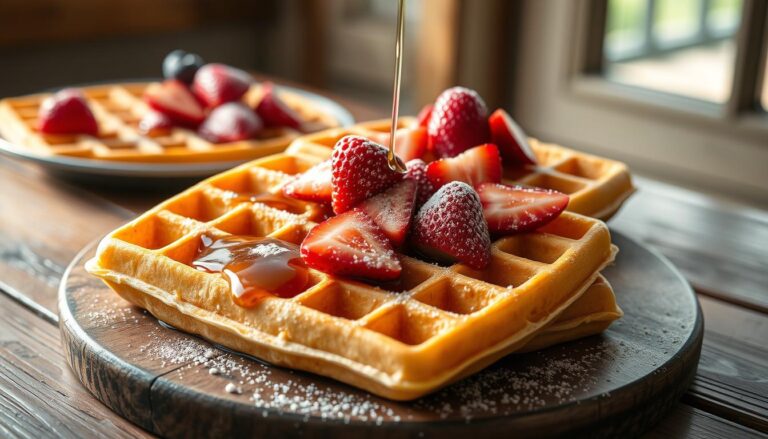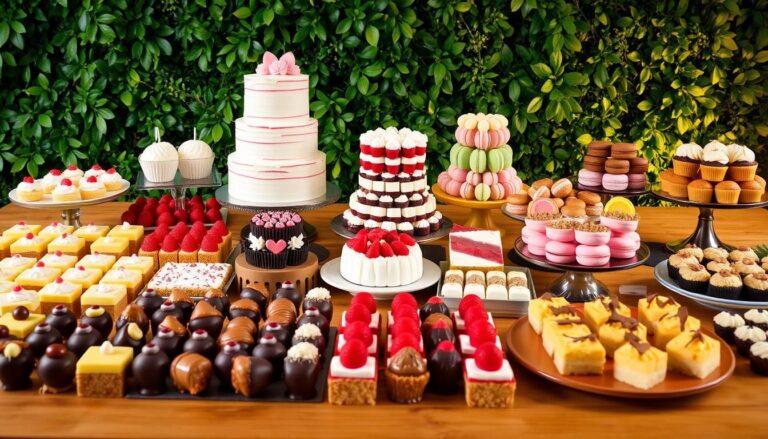Fluffy Pancakes or Golden French Toast: Which to Choose?
Breakfast is the most important meal of the day, and choosing between fluffy pancakes and golden French toast can be a real breakfast dilemma.
Both options are delicious and have their own unique charm. While fluffy pancakes offer a light and airy texture, golden French toast provides a rich, eggy flavor.
So, which one should you choose? In this article, we’ll explore the pros and cons of each option to help you make an informed breakfast choice.
Key Takeaways
- Understanding the characteristics of fluffy pancakes and golden French toast.
- Exploring the pros and cons of each breakfast option.
- Learning how to make an informed breakfast choice.
- Discovering tips for preparing the perfect fluffy pancakes and golden French toast.
- Considering dietary preferences and restrictions when choosing between the two.
The Ultimate Breakfast Dilemma
In the world of breakfast, few dishes are as beloved as pancakes and French toast, each with its own unique charm. The debate between these two breakfast staples has been ongoing, with each side having its loyal followers.
Why These Two Reign Supreme on Breakfast Tables
Pancakes and French toast have become integral to American breakfast culture, and their popularity can be attributed to several factors.
Cultural Significance in American Breakfast Tradition
Both pancakes and French toast have deep roots in American culinary history. They are often associated with warmth, comfort, and family gatherings. Pancakes are a classic American breakfast food, frequently served at weekend brunches and family breakfasts. French toast, on the other hand, offers a rich, indulgent alternative, often linked to European cuisine but fully embraced by American diners.
The Comfort Food Factor
The comfort food aspect plays a significant role in their enduring popularity. Both dishes are typically sweet, comforting, and satisfying, making them perfect for a relaxing breakfast or brunch. They evoke a sense of nostalgia and warmth, often tied to childhood memories of family breakfasts.
What Makes Each Option Special
While both pancakes and French toast are breakfast favorites, they offer distinct experiences in terms of texture, flavor, and versatility.
Texture and Flavor Profiles
Pancakes are known for their fluffy texture and mild flavor, which can be enhanced with various toppings such as syrup, fruit, or whipped cream. French toast, by contrast, offers a crispy exterior and a soft, custard-like interior, with flavors that can range from sweet vanilla to cinnamon-spiced.
Versatility and Adaptability
Both dishes are highly versatile. Pancakes can be made in various sizes and flavors, from buttermilk to blueberry or chocolate chip. French toast can also be adapted with different types of bread, such as brioche or challah, and can be flavored with a variety of ingredients like cinnamon or nutmeg.
A Brief History: From Ancient Grains to Modern Breakfast Staples
The history of breakfast staples like pancakes and French toast is a fascinating journey through time. These beloved dishes have evolved significantly, influenced by various cultures and culinary traditions.
The Origin Story of Pancakes
Pancakes have a rich history that dates back to ancient times. Flatbreads made from crushed grains and water were cooked on hot stones, a practice that can be traced back to the Stone Age.
From Stone Age Flatbreads to American Flapjacks
As civilizations evolved, so did the recipe for pancakes. The ancient Greeks and Romans enjoyed versions of pancakes, often topping them with honey or fruit. European settlers brought their pancake traditions to America, where they adapted to use local ingredients like cornmeal and maple syrup, eventually creating the fluffy American flapjacks we know today.
How French Toast Became a Breakfast Classic
French toast, known as “pain perdu” or “lost bread” in medieval Europe, was originally a way to use up stale bread. The dish gained popularity as a breakfast staple due to its simplicity and the availability of ingredients.
The “Pain Perdu” Legacy
The concept of dipping bread in eggs and milk, then frying it, has roots in medieval cuisine. This technique allowed cooks to repurpose stale bread into a delicious meal. Over time, French toast evolved, with various cultures adding their own twists, such as using different types of bread or adding sweet toppings.
Fluffy Pancakes or Golden French Toast: Breaking Down the Basics
Understanding the fundamentals of pancakes and French toast can help you decide which breakfast treat to make on any given day. Both dishes have their unique charms and requirements.
Core Ingredients Comparison
At their core, pancakes and French toast rely on different primary ingredients. Pancakes are made with flour, milk, eggs, and a leavening agent like baking powder. In contrast, French toast is essentially bread soaked in a mixture of eggs, milk, and often sugar, then cooked.
Pantry Staples for Both Classics
Both dishes share some common pantry staples, including eggs, milk, and sugar. However, pancakes require flour and a leavening agent, while French toast needs bread. This difference significantly affects the texture and preparation of each dish.
Preparation Time and Difficulty
The preparation time for pancakes and French toast can vary, but generally, pancakes are quicker to prepare from scratch. French toast, while simple, requires a bit more time due to the soaking process.
Weekend vs. Weekday Breakfast Considerations
For a quick weekday breakfast, pancakes might be the more convenient option. However, French toast can be just as viable if you prepare the egg mixture the night before. On weekends, when time is less of an issue, you can enjoy the preparation process of either dish.
Essential Equipment Needed
Both dishes require a non-stick pan or griddle, but pancakes benefit from a consistent heat source, often provided by an electric griddle. French toast, on the other hand, can be cooked on a stovetop or in a skillet.
In conclusion, while both pancakes and French toast are delicious breakfast options, their differences in ingredients, preparation time, and equipment can help you decide which to make based on your needs and preferences.
The Perfect Pancake: Secrets to Achieving Maximum Fluffiness
The quest for the fluffiest pancake possible is a journey that involves understanding the science behind the ingredients. To achieve pancake perfection, it’s essential to focus on the right ingredients, mixing techniques, and cooking methods.
Essential Ingredients for Cloud-Like Texture
To make fluffy pancakes, you need to start with the right ingredients. All-purpose flour provides structure, while granulated sugar adds sweetness and tenderness. Leavening agents like baking powder are crucial for creating the light, airy texture.
The Science Behind Leavening Agents
Leavening agents, particularly baking powder, release carbon dioxide gas when they come into contact with liquid ingredients and heat, causing the batter to rise. Using the right amount of baking powder is crucial; too little, and your pancakes will be flat, too much, and they’ll have an unpleasant taste.
Mixing Techniques That Make a Difference
The way you mix your pancake batter significantly affects the final texture. Overmixing can lead to tough, dense pancakes. Instead, gently fold wet and dry ingredients together until just combined.
The Lumpy Batter Advantage
A lumpy batter is actually a good sign, indicating that you’ve avoided overmixing. These lumps will disappear during cooking, leaving you with a tender, fluffy pancake.
Common Mistakes to Avoid
Even with the right ingredients and mixing techniques, mistakes in cooking can ruin your pancakes. Pay attention to your griddle’s temperature and the timing of your flips.
Temperature Control and Flipping Timing
Cooking your pancakes at the right temperature is crucial. If it’s too hot, the outside will burn before the inside is fully cooked; too cold, and they’ll be pale and undercooked. Flip your pancakes when bubbles appear on the surface and the edges start to dry.
By focusing on these key areas, you’ll be well on your way to making the fluffiest pancakes possible. Whether you’re a seasoned cook or just starting out, a little practice and patience will help you achieve pancake perfection.
Mastering French Toast: Achieving That Golden Crisp Exterior
To master French toast, one must first understand the importance of its key elements. The perfect French toast is a delicate balance of a crispy exterior and a soft, fluffy interior. Achieving this balance requires attention to detail in bread selection, egg mixture preparation, and cooking techniques.
Bread Selection: What Makes the Biggest Difference
The type of bread used for French toast significantly impacts its final texture and flavor. Challah or brioche are popular choices due to their rich, tender crumb and egg-infused flavor. The density of the bread also plays a crucial role; it should be sturdy enough to absorb the egg mixture without falling apart.
Day-Old Bread vs. Fresh: The Great Debate
Using day-old bread is often recommended because it tends to be drier and thus absorbs the egg mixture more evenly. However, fresh bread can also produce excellent results if it’s given time to dry out slightly. The key is to find the right balance between freshness and dryness.
The Perfect Egg Mixture Ratio
The egg mixture is the backbone of French toast, providing moisture, richness, and flavor. A typical ratio is to use 2 eggs per cup of milk. This can be adjusted based on the desired richness and the type of bread used.
Customizing Flavor with Spices and Extracts
Adding spices like cinammon or nutmeg, and extracts such as vanilla, can elevate the flavor profile of your French toast. Experimenting with different combinations can help you find your signature taste.
Cooking Temperature and Timing Tips
Cooking French toast over medium heat allows for a gentle browning and helps prevent burning. The butter-oil combination method, where you use both butter for flavor and oil to prevent sticking, is highly effective.
The Butter-Oil Combination Method
Using a mix of butter and oil in your pan not only prevents the French toast from sticking but also adds a rich, nutty flavor.
“The secret to perfect French toast lies in the harmony of its components and the technique of its preparation.”
By focusing on these key areas—bread selection, egg mixture ratio, and cooking techniques—you can achieve that elusive golden crisp exterior that makes French toast a beloved breakfast dish.
Nutritional Showdown: How They Compare
Pancakes and French toast, while both beloved breakfast staples, have distinct nutritional profiles that are worth examining. Understanding their nutritional differences can help consumers make informed choices about their breakfast.
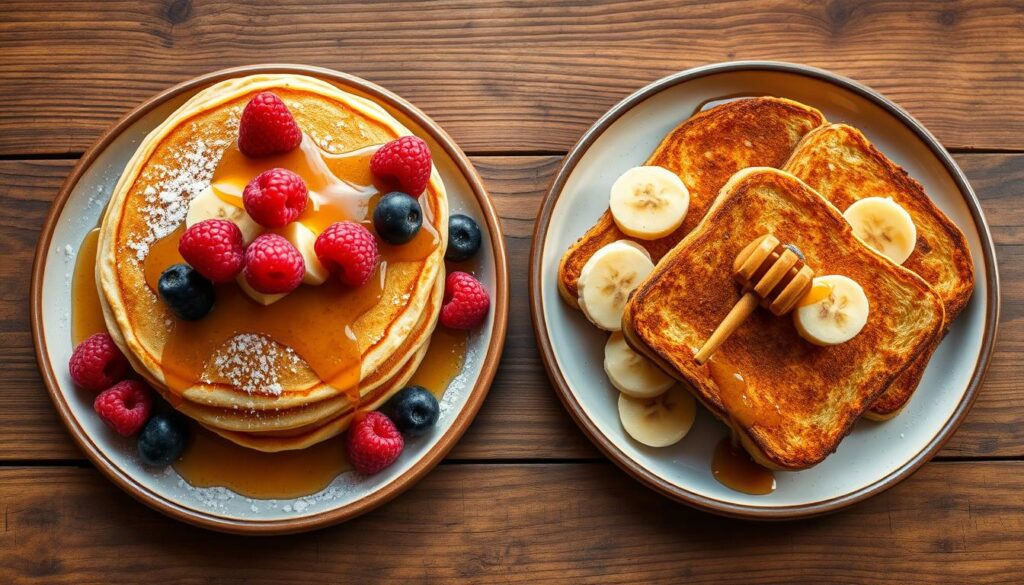
Calorie and Macronutrient Comparison
When comparing pancakes and French toast, the calorie and macronutrient content can vary significantly based on ingredients and preparation methods. Generally, pancakes tend to have a higher carbohydrate content due to the batter used, while French toast can have a higher fat content from the egg and milk mixture.
Protein, Carbs, and Fat Breakdown
A typical serving of pancakes (3 pancakes) contains approximately 300 calories, with a breakdown of 40g carbs, 10g protein, and 12g fat. In contrast, a serving of French toast (2 slices) can range from 250 to 350 calories, with 30g carbs, 15g protein, and 15g fat. These values can fluctuate based on the type of flour used, the amount of sugar added, and the cooking method.
Making Healthier Versions of Each
To make healthier versions of pancakes and French toast, several adjustments can be made. Using whole grain flour instead of refined flour increases the fiber content, making them more nutritious. Additionally, reducing the amount of sugar in the batter or egg mixture can lower the overall calorie count.
Whole Grain and Alternative Flour Options
Opting for whole grain or alternative flours like almond flour or oat flour can enhance the nutritional value. For instance, almond flour adds healthy fats and protein, while oat flour provides a good source of fiber. These alternatives not only cater to different dietary needs but also add variety to the traditional recipes.
Dietary Restrictions and Alternatives
For individuals with dietary restrictions, there are several alternatives available. Gluten-free flours can be used for those with gluten intolerance, while vegan versions can be made by substituting eggs and dairy products with plant-based alternatives.
Gluten-Free, Vegan, and Keto Adaptations
Gluten-free pancakes can be made using rice flour or corn flour. Vegan French toast can be prepared by using almond milk and flax eggs. For a keto diet, almond flour and sugar-free sweeteners can be used to make both pancakes and French toast keto-friendly. These adaptations ensure that everyone can enjoy these breakfast staples regardless of their dietary restrictions.
Toppings and Pairings That Elevate Both Options
Pancakes and French toast are more than just breakfast staples; they’re canvases waiting for the perfect toppings. The right combinations can elevate these dishes, making breakfast a truly memorable meal.
Classic Combinations That Never Fail
Some toppings are timeless, and their popularity endures because they perfectly complement the flavors of pancakes and French toast. Maple syrup is a classic example, adding a rich, sweet flavor to both dishes.
Beyond Maple Syrup: Traditional Accompaniments
While maple syrup is a staple, there are other traditional accompaniments worth exploring. Fresh berries, whipped cream, and powdered sugar are popular choices that add texture and flavor. For a more decadent treat, consider adding chocolate chips or caramel sauce.
Unexpected Flavor Pairings to Try
For those looking to venture beyond traditional toppings, there are numerous unexpected flavor pairings that can add a delightful twist to pancakes and French toast.
Sweet and Savory Crossovers
Combining sweet and savory elements can create intriguing flavors. Consider pairing pancakes with bacon and maple syrup or French toast with a sprinkle of sea salt and a drizzle of caramel. These crossovers can add a fascinating depth to your breakfast.
Seasonal Inspirations for Year-Round Enjoyment
Using seasonal ingredients can keep your breakfasts fresh and exciting throughout the year. Incorporate fresh fruits and local produce to reflect the current season.
Farmers Market Finds for Each Season
Visit your local farmers market to discover what’s in season. In the spring, try using fresh strawberries. Summer is perfect for blueberries and peaches, while autumn brings apples and pumpkin to the forefront. Winter is ideal for incorporating cranberries and citrus into your breakfast creations.
Family Breakfast Traditions and Special Occasions
The art of making breakfast for the family on special occasions is a tradition worth preserving. It’s a time to create memories, enjoy quality time together, and start the day with a delicious meal.
Creating Memorable Breakfast Experiences
One way to make breakfast more special is by setting up a DIY Topping Bar for family gatherings. This allows everyone to customize their pancakes or French toast to their liking.
DIY Topping Bars for Family Gatherings
Include a variety of toppings such as fresh fruits, whipped cream, syrups, and nuts. This interactive experience makes breakfast a fun and engaging meal.
Holiday-Specific Variations
Different holidays offer the perfect opportunity to get creative with breakfast. For example, on Valentine’s Day, you can make heart-shaped pancakes or French toast.
Birthday Breakfast Stacks and Celebrations
On birthdays, consider creating a stack of pancakes or French toast with the birthday person’s favorite toppings. It’s a simple yet meaningful way to celebrate their special day.
Restaurant vs. Homemade: When to Splurge
While homemade breakfasts are always a treat, there are times when dining out is more convenient or enjoyable. Some restaurants specialize in breakfast and offer a unique experience.
America’s Most Famous Pancake and French Toast Destinations
Places like The Pancake House or IHOP are renowned for their breakfast offerings. Visiting these restaurants can be a fun way to enjoy a meal out with the family.
| Breakfast Feature | Homemade | Restaurant |
|---|---|---|
| Customization | High | Moderate |
| Convenience | Moderate | High |
| Cost | Low | Moderate to High |
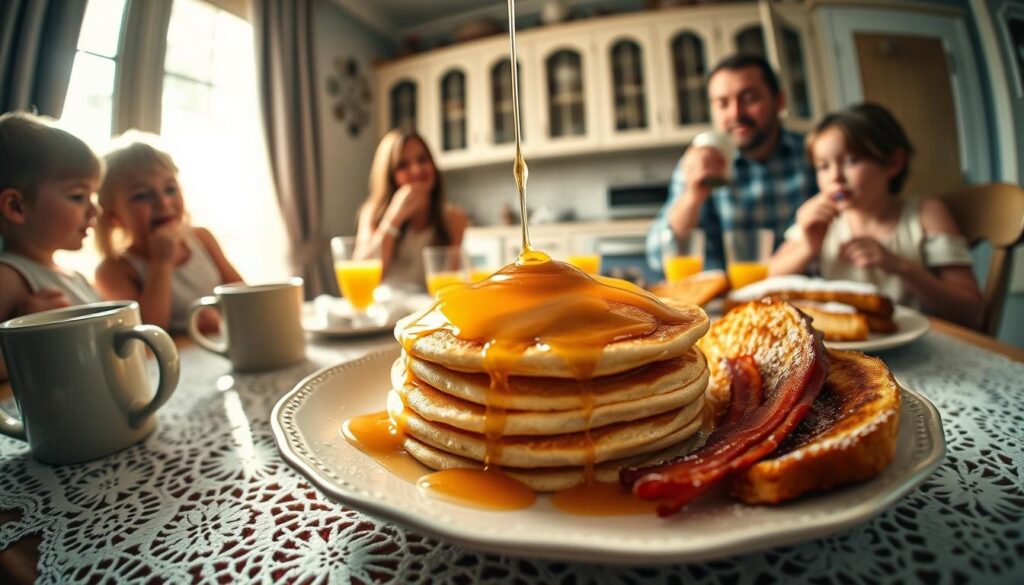
Making the Choice: When to Pick Pancakes vs. French Toast
Choosing between pancakes and French toast isn’t just about personal preference; it’s about the context. The occasion, the other dishes being served, and even the time available for preparation all play a role in making the right decision.
Occasion-Based Recommendations
For a brunch gathering, pancakes are often the better choice due to their crowd-pleasing appeal and ease of serving. On the other hand, for an intimate breakfast, French toast’s richness and elegance might be more suitable.
Brunch Gatherings vs. Intimate Breakfasts
When hosting a large group, consider the scalability of your breakfast choice. Pancakes can be made in large batches, while French toast, although delicious, might be more labor-intensive for a crowd.
Pairing with Other Breakfast Items
Creating the perfect breakfast plate involves balancing flavors and textures. For example, pairing pancakes with fresh fruit and whipped cream offers a light and refreshing meal, while French toast pairs well with savory items like bacon or sausage.
Creating the Perfect Breakfast Plate
| Breakfast Item | Pancakes | French Toast |
|---|---|---|
| Fresh Fruit | Excellent pairing | Good pairing |
| Bacon/Sausage | Good pairing | Excellent pairing |
Time and Ingredient Availability Considerations
For a quick breakfast, pancakes might be the faster option if you have a mix on hand. However, if you’re using basic ingredients like bread, eggs, and milk, French toast can be just as quick.
Last-Minute Breakfast Solutions
In a hurry? Consider using leftover bread for French toast or keeping a pancake mix handy for a speedy breakfast solution.
Conclusion: The Delicious Verdict on Breakfast’s Greatest Debate
The breakfast debate between fluffy pancakes and golden French toast has been a longstanding one. After exploring the history, preparation methods, nutritional value, and pairing options for both dishes, it’s clear that each has its own unique charms.
Pancakes vs. French toast is not just about personal preference; it’s about the occasion, the ingredients available, and the time of day. Whether you’re in the mood for something light and fluffy or rich and indulgent, both options have a place on the breakfast table.
The delicious verdict is that there’s no need to choose just one. Both pancakes and French toast can be enjoyed on different occasions, and their versatility makes them staples in many cuisines. So, the next time you’re pondering the breakfast debate, consider making both and starting your day with a delicious and satisfying meal.
